A Long Walk to Water
- Courage
- Empathy
- Family Ties
- Giving Up
Values

Struggles

Why Should My Child Read This Book?
“Quitting leads to much less happiness in life than perseverance and hope.” In the endless deluge of pop-culture icons and social media influencers, biographies of real-life heroes direct our children’s hearts and minds towards admirable character traits and ideas worth learning. In this biography, two stories move parallel to one another, 23 years apart, and converge into one giving readers insight into the effects of a civil war from a child’s perspective—displacement, loss of family, instability, and lack of food and water. Perseverance is a central theme—moving forward one step at a time, one day at a time, one problem at a time. Salva Dut lived through the civil war in Sudan and this true story captures his escape and his survival as he moved by foot through Sudan to a refugee camp in Ethiopia, and then to camps in Kenya. He was finally given an opportunity to leave for New York and stay with a host family. His story, however, did not end there. Eventually, after taking multiple trips back home to Sudan and being reunited with his family, he realized he had to give back to his country and his people. Parents should note that the historical reasons for the civil war in Sudan is complicated (power, land, and resource control). The one-paragraph background given in the book (p. 6) is overly simplified as a religious conflict that doesn’t accurately reflect the historical and cultural reality of the region.

What’s This Book About?
Anything I need to be aware of?
VIEW FLAGS




